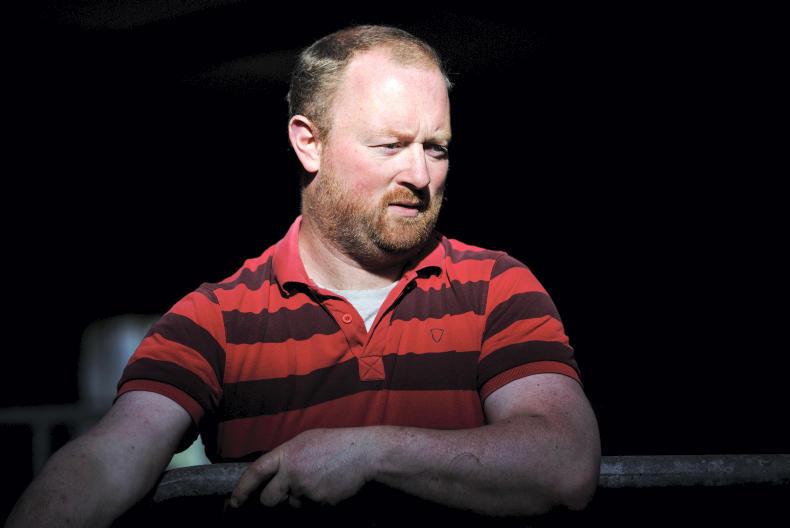I used to enjoy table quizzes when I was younger. Indeed, if there was a chance to do my exams in table quiz format, I may have got better results as I was better at telling someone the answer rather than writing it out.
I had an ability to retain seemingly useless information, yet be able to quote it years after. This skill, for want of a better word, created much frustration for teachers and parents alike. I have a terrible short-term memory and I was able to recall everything except what I was meant to remember. I could (and still can) reel off the tag numbers of every cow, sport statistics and capitals, yet, as my mother said: ‘‘Never send him to a shop without a list.”
Technology has taken the fun out of quizzes but every dog has its day. The ability to be distracted by random figures and statistics remains and after a recent discovery, I came to the conclusion that if the entire Irish cattle herd disappeared overnight it would hardly be missed, in a global context anyway. According to USDA figures, the world bovine population is now in excess of one billion. Over half of these can be found in India and Brazil. While our cow-to-person ratio is high at 1.5 bovines for every person in the state, with 0.7% of the world’s bovine population, Ireland is but a drop in the ocean in comparison.
If Brazil was to increase its herd by 3% in one year it would fill that gap. I thought it was a bit of a reality check, similar to what nature did to farmers since this time last year.
Watershed
In the long run, the time from October 2017 to now could prove to be a watershed year for Irish farming. It’s almost a year since storm Ophelia hit our shores and since then it feels like I am writing more about weather than farming. Yet it has so much influence over agriculture, both on a day-to-day and seasonal basis.
The meteorological rollercoaster experienced over the last 12 months, could be summed up best by using the GUBU acronym coined by Conor Cruise O’Brien in the early 1980s: grotesque, unbelievable, bizarre, unprecedented.
Three impossibles. A hurricane, a blizzard and a drought. You could even argue that the last-minute cancellation of the second day of the National Ploughing Championships was a fourth impossible.
It was a not-so-gentle reminder that ultimately nature calls the shots.
Long-term changes
Whether the 2018 weather year forces any long-term changes in the Irish farming landscape remains to be seen. One thing that is more certain and challenging is the economic reality facing the sector.
There is a feel of the Celtic Tiger about garage forecourts again with the re-emergence of construction much more visible for the first time in over a decade. After a number of years of getting the headlines, Irish agriculture will slip away from the spotlight for the time being. Well, until the Irish cycle of bust and boom economics circles around again. With that in mind, it may be worth planning for this in the long term rather than on an election to election basis.
During the building boom, getting staff to work in farming was difficult. That’s something that is unlikely to change much in a developed country. Ireland is not unique in the challenges it faces in terms of the age profile in farming and the continued evolution of rural areas.






 This is a subscriber-only article
This is a subscriber-only article










SHARING OPTIONS: